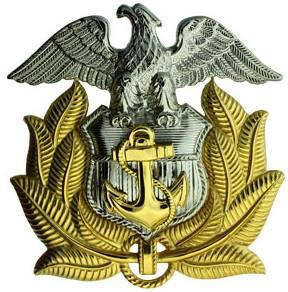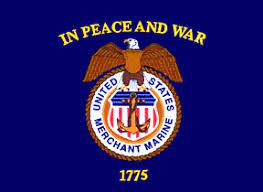LIFEBOATMAN
We now have a whole new
website.
coast-guard-exam.net
Click here to redirect.
The following Deck Rating modules are
available in the online study.
Click on the "Enter Online Study"
link above to begin preparing for your exam.
From the pull down menu in the online
study select from the following topics:
LB01 Endorsement: Lifeboatman
Modules: Q445
- Q445-Lifeboatman
- Liferafts and Rescue Boat required Equipment
- Liferaft and Rescue Boat essential parts
- Operation and Function of Launching Devices
- Launching/Recovery
- Maneuvering Commands and Procedures
- Personal Survival Equipment
- Distress Signals
- Signals to Attract Attention
- EPIRB
- SARTS
- Survival at Sea
- Passenger Crew Safety
- Lifesaving Appliance Regulations
- Medical Care
- Seamanship
- Marlinspike Seamanship
- Compass: Operation and Maintenance
LB02 Endorsement: Lifeboatman Limited
Modules: Q447
- Q447-Lifeboatman
- Liferafts and Rescue Boat required Equipment
- Liferaft and Rescue Boat essential parts
- Operation and Function of Launching Devices
- Launching/Recovery
- Maneuvering Commands and Procedures
- Personal Survival Equipment
- Distress Signals
- Signals to Attract Attention
- EPIRB
- SARTS
- Survival at Sea
- Passenger Crew Safety
- Lifesaving Appliance Regulations
- Medical Care
- Seamanship
- Marlinspike Seamanship
- Compass: Operation and Maintenance
If you are studying for a United States Coast Guard
Deck License exam which includes this module, you should work
through these questions until you are scoring 80% or better on them.
OAR COMMANDS
STAND BY THE
OARS: Each
crewmember clears oar, ships rowlock, places blade flat on gunwale
forward, inboard of person in front of them.
SHOVE OFF:
Inboard bowman
pushes off using boathook. When ordered, bowman releases sea painter.
OUT OARS:
Place oars in rowlocks
directly from the boated position or from “Stand By The Oars” position.
Oars horizontal, at right angles to keel, blades flat.
STAND BY TO GIVE
WAY: Hold oar horizontally,
blades perpendicular, with the wrists straight and arms extended
full length; leans forward until knuckles almost touch the back
of the person in front.
GIVE WAY TOGETHER:
Blades of oars
are swung forward and dipped into the water. At the command, “Together”,
the stroke is started. At the end of the stroke, blades are feathered,
swung forward, and another stroke is started.
HOLD WATER:
Complete the stroke,
stop rowing, drop blade into water vertically, and gradually swing
to a position at right angles to the keel, taking care not to overstress
rowlock.
PORT (STARBOARD)
HOLD WATER: Used
to turn boat more quickly. Ordered side completes stroke and holds
water, other side continues to row. With boat stopped can be used
with “Give Way” command to opposite side to turn boat while gathering
minimal headway.
STERN ALL:
When rowing ahead,
complete the stroke, and then commence to backwater, gradually increasing
the depth of the blades.
BACK WATER:
Row in the astern
direction
OARS:
Complete the stroke, stop
rowing, and bring the oars horizontal, at right angles to the keel,
with the blades held flat.
TRAIL OARS:
Complete stroke
and carefully allow oar to trail alongside, fore and aft.
BANK OARS:
Given from the
“Oars” position. Allows oarsmen to rest when laying to. Oars drawn
through the rowlock and rested on opposite gunwale
IN BOWS:
The bowmen complete
the stroke, swing their oars forward, and boat them. They then stand
by with boat hooks to fend off or receive a line.
WAY ENOUGH:
Given when approaching
a landing. Complete stroke, toss oars to about 45 degrees and boat
the oars, forward oars first, unship the rowlocks
BOAT THE OARS:
From “Oars” or
“Toss Oars”, place the oars in the boat on side thwart, blades forward.
No pop ups, Banners, Spam, Garbage, Advertisements,
Hidden Gimmicks or any proverbial "Fine Print" to deal with. What
you see is what you get. Just down-to-earth information and this
site is dedicated to keeping it that way.
The material on this
site may not be reproduced, distributed, transmitted, cached or
otherwise used, except with the prior written permission of SeaSources.net.


